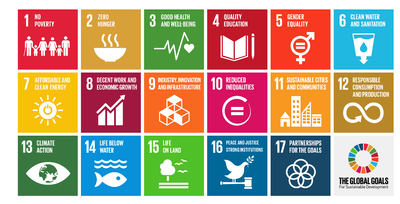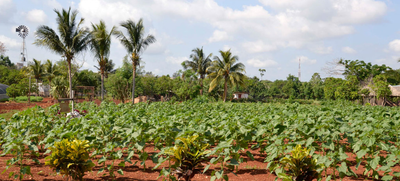Sustainable Growth in Agriculture during last decade – The basis of sustainable agriculture, which is an important component of the global biological system, is the maintenance of the biological equilibrium as demonstrated in a simplified input-output-system. Assuming that energy is the crucial factor in the global bio-system, then the only continuous external source stems from solar radiation. Consequently, energy output must not exceed the supply potential for direct warming and biomass production. The management of the environment (atmosphere, soil, water) which is the basis of production and metabolism of biomass is a second important factor. Products of metabolism, such as: heat, gases and minerals may be lost or recycled. These losses, however, not only change the balance encipher as they increase the demand for external resources on the input side, but may also damage the environment in the longer term. There is considerable potential for recycling of energy, nitrogen and minerals which can reduce these losses and help stabilize the biological equilibrium.
Taking livestock as a separate production system, it is evident that the energy balance is negative. It has been estimated that only 0.1 to 0.6 units of energy (in terms of consumable outputs) are produced per unit of energy on the input side (Zeddies, 1980). This negative balance has to be made up by a surplus of energy retained by plant production. Therefore, livestock production may be sustainable from the biological point of view, as long as its negative balance is counteracted by surpluses in crop production based on inputs either from recycling or solar energy-mediated production.
In most developed countries, however, the positive balance of crop production in terms of renewable resources has decreased during the last decade (Pimementel et al, 1973) and is not large enough to cover the losses in animal production and the overall energy balance of the agricultural sector is negative. Estimates of the agricultural energy balance in Germany revealed that 1 unit of energy input produced only 0.36 to 0.28 units of usable/consumable products (Zeddies, 1980) – the balance was made up by high inputs of fossil fuel energy. Considering that fossil energy reserves may only be available for a relatively short time, it is clear that the present agriculture production system is not biologically sustainable and, since livestock is an important contributor to the imbalance, the question must be asked can we afford to maintain livestock production at its present level. In addition to the negative energy balance, livestock have further negative effects on the environment, notably: methane and ammonia production which are known to aggravate/enhance the greenhouse effect and/or uncontrolled nitrogen and phosphorous outputs which could cause soil and water pollution.
The present situation may be justified because of the rapid growth of the human population and its need to feed itself. There is, however, no doubt that major changes must be initiated within the next decade unless a total breakdown of the agricultural system, and of livestock in particular, is to be avoided.
Examples and models do exist of farming systems, containing both crops and livestock, which have balanced or even a positive relationships between energy input and output (Nielson and Preston, 1981). Within these systems animal production plays an crucial role with regard to food supply and recycling of energy. A highly efficient system, which makes maximum use of renewable resources, is a mixed farming model incorporating multi-purpose agricultural crops and animals (ruminants and monogastrics), a biogas digester and a fish point. While ruminants are essential for the efficient recycling of energy from fibrous crop residues; monogastrics are used to recycle waste products which are not suited for human consumption, such as by-products, insects, etc.
The rest of the paper will demonstrate the relative efficiency of poultry production on different levels of intensity with regard to energy utilisation.




